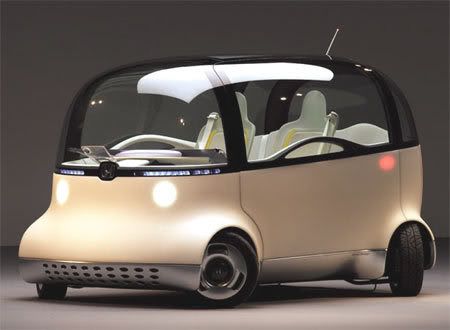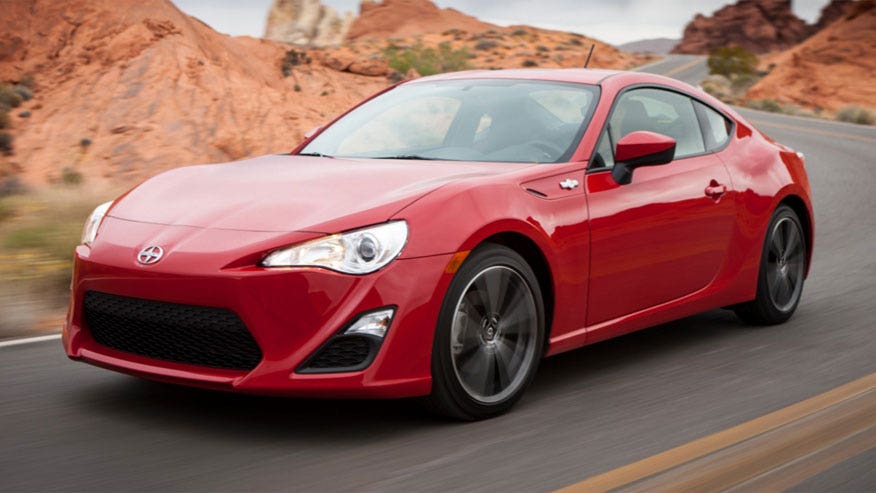Falling loonie pushes used-vehicle exports to US

A lower Canadian dollar has been bad for some industries, and boosted others. One division of the Canadian automotive industry that has grown substantially over the past year is used-vehicle exports to the U.S.
In fact, according to DesRosiers Automotive Consultants, the number of used vehicles exported to the U.S. from Canada through November of last year grew to 200,000. This is the highest export level from Canada to the U.S. for pre-owned vehicles seen since 2002.
Interestingly, although these purchased are being driven by American car dealers looking to secure cheap used vehicles due to the current exchange rate, AutoTrader.ca also saw an uptick in U.S. traffic on its site, as well.
From Nov. 1 to Dec. 31 of 2015, U.S. traffic to the site increased by 27.7 percent year-over-year,AutoTrader,ca's Paul Williams reported.
"autoTRADER.ca's director of marketing Ian MacDonald was reported saying, "A weak Loonie makes it less expensive for Canadian manufacturers and exporters to sell their goods south of the border. More people looking to purchase Canadian goods increases demand. A larger pool of consumers means dealerships and private sellers have seen significantly higher sales year over year."
And Canadian's auto auctions have been selling south, as well.
In talking with ALG Canada regional director Geoff Helby this past fall, he likened export activity at ADESA's Canadian auctions to a "U.S. dealer invasion."
In fact, According to ALG data, exports were already exploding last summer. July 2015 (at the time) marked the highest volume month since January 2014 for U.S. dealer purchases. Helby also reported a year-over-year U.S. dealer purchase volume increase of a whopping 114 percent for July 2015.
Tom Kontos, ADESA Analytical Services' chief economist, touched on this trend this past fall, as well, noting at the time it was definitely at trend to watch that was already having an impact on used pricing at auction, as well.
"I did also want to draw attention to the fact that U.S. bidders are contributing to the strength of the market, too," said Kontos. "You have got tighter supply, and dealers coming in from across the border from the U.S. and bidding aggressively for cars, because of the strength of the U.S. dollar. The U.S. buyers are contributing to the strength of prices in the Canadian wholesale market."
So, will the export trend last, grow or diminish with time? Josh Bailey, Canadian Black Book vice president and editorial director, said it's truly cyclical, and the trend goes both ways depending on the two currencies.
Bailey said in October, "From what we hear from our auction surveyors, there are still many U.S. buyers in the Canadian market making purchases, whether online or in the lanes, mostly motivated by the foreign exchange rate.
"Naturally this creates some tension, but no doubt when Canadians were in the U.S. buying a few years ago, it was not any different," he added.
by: Sarah Rubenoff
Auto Remarketing Canada Editor
Falling Loonie Pushes Used Vehicle Exports to US........ www.redlineautosales.ca/falling-loonie-pushes-used-vehicle-exports-to-us.htm


